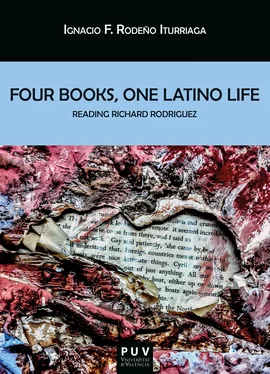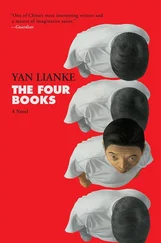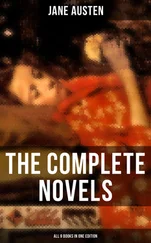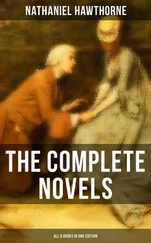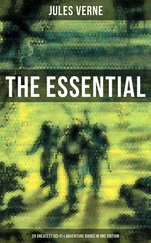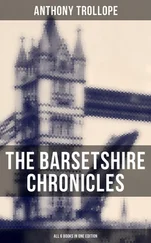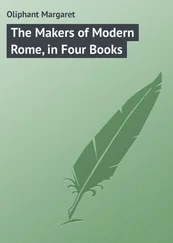In order to situate the four books in their context, the project looks at the emergence and development of autobiography as a genre, and its relation to literary theory. It was deemed essential, as well, to place Richard Rodriguez in the specific literary context of Chicano autobiography, especially given his controversial standing within the field. Richard Rodriguez is a particularly appropriate author to study when it comes to consider issues of identity because of the contradictory positions he adopts in approaching his own. Representation is a key factor in ascribing to an identity, but being recognized with such markers –in other words, being identified– is equally crucial. Rodriguez seems to be at a crux here. Autobiography is an ideal literary genre to reflect on issues of identity, owing to its nature.
Autobiography as literary genre
Autobiography has been approached from different theoretical perspectives, and as a consequence of it, the analysis of the autobiographical genre has benefited from an array of literary theories and schools of criticism. Understanding what elements contribute to classifying narratives of the self and autobiographies as a genre is not merely an issue of defining the term, and yet a working definition seems indispensable. For the majority of readers, an autobiography would be the narration of a person’s life told by that same person; in a sense, it would be the biography of a person written by the subject of it. However, this basic definition falls short for a more inquisitive reader, since the notion of autobiography involves questions of identity and, thus, becomes a complex issue. In order to clearly establish the concept of autobiography, one must consider the emergence of the term itself and its development, as well as how literary theory and criticism have approached the field and, in turn, shaped it.
Coining the term
When it comes to autobiography , scholars have suggested several dates ranging from the 18 thto the 19 thcenturies that may mark the emergence of the term itself. However, before this name appeared as such, texts that reflected on the life of the self had been called confessions and self-biographies , whether hyphenated or not. It was Isaac D’Israeli who, in 1796, coined the English neologism self-biography to designate the narrative of the self in his Miscellanies or Literary Recreations . Later on, D’Israeli used the hyphenated term auto-biography when describing a series of paintings as “an auto-biography in a series of remarkable scenes painted under the eye of the describer of them” ( Curiosities 141), and afterward, in the essay titled “Sentimental Biography,” the author differentiated between biography and auto-biography (414).
German literature is at the core when it comes to the formation of autobiography as a literary genre. Already in the Stuttgart of 1791, the publication by the Mäntler brothers of Christian F.D. Schubart’s Leben und Gesinnungen Von Ihm Selbst, in Kerker Aufgesetzt sees a switch from biographers. In the realm of English letters, Felicity Nussbaum proffers this German ancestry of the genre in her 1989 book The Autobiographical Subject . However, Robert Folkenflik challenges the historical account of the term that Nussbaum posits and claims that autobiography appears in print for the first time in 1786, thus predating any German usage of the term. The text in question that Folkenflik cites is the preface to the fourth edition of Ann Yearsley’s Poems, On Several Occasions , which describes the work as autobiographical narrative. However, upon examination of the preface in question, there is no evidence of the word autobiographical, although there are several appearances of the word narrative, and the text is itself autobiographical in nature. Both Sidonie Smith and Julia Watson, in their second edition of Reading Autobiography: A Guide for Interpreting Life Narratives (2010) note that “[a]lthough Ann Yearsley’s preface to the fourth edition … is an extended autobiographical refutation of the charge of ingratitude to her patron, Hannah More, the autobiographical does not appear in its title (“Mrs. Yearsley’s Narrative”),” (297) and they mention private correspondence with Robert Folkenflik acknowledging his error. This brings us back to D’Israeli’s text as the first evidence in print of the term autobiography in the English language. Nonetheless, Folkenflik refers to self-biography and autobiography as synonyms, and remarks that until the 20 thcentury the word memoir also serves as a synonym.
With regards to the appearance of the word autobiography in an English title, Folkenflik credits a series that first came out in 1826 under the title Autobiography: A Collection of the Most Instructive and Amusing Lives Ever Published, Written by the Parties Themselves . And, while Felicity Nussbaum and Jacques Voisine mention W.P. Scargill’s The Autobiography of a Dissenting Minister (1834) as the first work to carry the term in its title, Folkenflik affirms that several other texts appeared before then: William Brown’s The Autobiography, or Narrative of a Soldier (1829), Matthew Carey’s Autobiographical Sketches: in a Series of Letters Addressed to a Friend (1829) among others. John Galt published two works under the titles The Member: An Autobiography and The Radical: An Autobiography ; Galt went on to bring out The Autobiography of John Galt in 1833. It seems that by 1834 the term autobiography was widely accepted. For instance, in addition to Scargill’s text, Sir Egerton Brydges published The Autobiography, Times, Opinions, and Contemporaries of Sir Egerton Brydges , and women writers were also producing titles, such as Elizabeth Wright Macauley’s Autobiographical Memoirs . By the 1840s, the frequency of the term in titles had increased, and perhaps one of the most widely-known titles today is that of Charlotte Brontë’s novel Jane Eyre: An Autobiography (1847).
Establishing a canon
Narratives of the self and autobiographies existed before the term was minted, as George May suggests with his expression “autobiography avant la lettre .” Many of these texts stand as classics in world literature, let alone in their respective national literary canons: Socrates’s Apology (399 BC), published by Plato, where the Stoic philosopher delves inward; Saint Augustine and Rousseau; Marcus Aurelius Antoninus’s attempt to understand the impact of the universal on an individual’s life in the year 180; Saint Augustine’s Confessions (ca. 400), a text where confession as a form of autobiography underscores issues of intellectual, moral, and spiritual nature by means of the author’s exposing his mind and soul, thus spurring ‘confessional autobiography’ as a model until the Renaissance. Dante Alighieri penned a sequence of poetry and prose, an account of his love for Beatrice as well as his apology for romantic poetry, under the title of La Vita Nuova (1294). The year 1436 marks the completion of The Book of Margery Kempe , which details her travels and her alleged mystic experiences of divine revelation. While the book is written in third person and she refers to herself as “this creature,” many scholars consider it the first autobiography in the English language, while others differ, based on the fact that Kempe was illiterate and she dictated the book to two scribes, and refer to it as a “confession of faith.” Spanish Christian mystic Teresa de Ávila completes The Life of Teresa of Jesus in 1565. Later in that century, in 1580, Michel de Montaigne publishes his Essays for the first time, which he had started writing in 1572. He would continue to enlarge the text in subsequent years, and published major expanded editions in 1582 and 1588. In 1637, René Descartes publishes his autobiographical and philosophical treatise entitled Discourse on the Method of Rightly Conducting One’s Reason and of Seeking Truth in the Sciences . English Puritan John Bunyan published Grace Abounding to the Chief of Sinners in 1666. Around 1740 American Puritan Jonathan Edwards pens Personal Narrative . Between 1766 and 1770 Jean-Jacques Rousseau writes his Confessions , a confessional autobiography published in two parts in 1782 and 1789, respectively. A projected third part was never completed. While published posthumously in 1791 and in French, Benjamin Franklin wrote the unfinished record of his own life from 1771 to 1790: what is now known as The Autobiography of Benjamin Franklin . British historian and M.P. Edward Gibbon starts composing his Memoirs of My Life and Writings in 1788, which constitute a series of six fragmentary autobiographical accounts that were compiled and published in 1796, after Gibbon’s death.
Читать дальше
